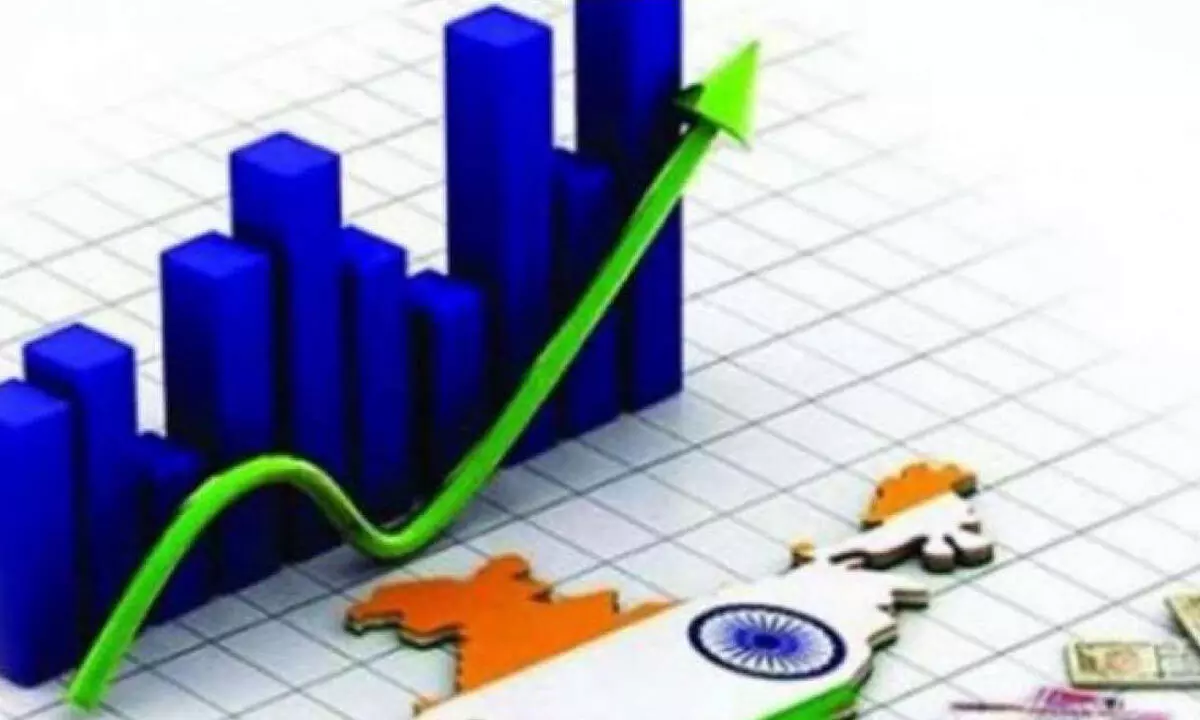Farm crisis, geopolitics may play spoilers

Farm crisis, geopolitics may play spoilers
Global headwinds could spoil the party for the Indian economy in the current fiscal even though the Finance Ministry sounds confident of macro-economic stability in its latest monthly review
Global headwinds could spoil the party for the Indian economy in the current fiscal even though the Finance Ministry sounds confident of macro-economic stability in its latest monthly review. It flagged the downside risk to growth due to these external factors but noted that the current account deficit had narrowed down while internal stability also showed an improvement. This was due to higher revenue, better expenditure quality and improved fiscal situation of states.
The Ministry’s monthly economic review warns about the potential impact of El Nino conditions on agricultural output but the Indian meteorological department (IMD) has made a contradictory forecast of a normal monsoon this year. If there is low farm output, it is bound to create inflationary pressures on the economy.
The geopolitical scenario has also been highlighted in the review as a possible dampener to growth. It has to be accepted that repercussions of the continuing conflict in Ukraine cannot be avoided in the near and medium term. What continues to be worrying is there seems little prospect of the war reaching a peaceful conclusion anytime soon.
The latest move by the powerful energy cartel, the Organisation of Petroleum Exporting Countries (OPEC) along with Russia and its allies, to curtail production quotas in the first week of April led to a spurt in prices. These have moderated recently but continue to range over $80 per barrel, a level still higher than comfortable for a country that imports 85 per cent of its fuel consumption. Forecasts for the rest of the year are varying with investment banks like Goldman Sachs predicting prices will touch $95 by the end of 2023.
As far as India is concerned, there is a silver lining with Russia continuing to offer crude oil at discounted rates. The reduced prices offered last year were even matched by other countries like Iraq, which are among the top suppliers to this country. The lower prices are reported to have enabled the exchequer to save as much as $4 billion in 2022-23.
The issue of global financial stability has also been mentioned in the review but it has noted that India’s banking system is considerably less prone to such developments in the near to medium term future. This assessment is correct but there are other ramifications of the collapse of big banks in the US and the European Union.
The other external factor that could impact growth is the expected decline in global growth from 3.4 per cent in 2022 to 2.8 per cent in 2023, according to the International Monetary Fund. This slowing trend has already led to a plateau-ing of India’s exports in 2022-23. The first blip in the export surge in the previous fiscal took place in October 2022 when a decline of 16.6 per cent was recorded. With demand expected to fall in the key markets of the U.S. and the European Union, export growth could be curtailed leading to a widening of the current account deficit.
The prospects for maintaining growth at the projected rate of 6.5 per cent in 2023-24 are thus bright but there continue to be more downside risks, as the review itself has pointed out, due to external headwinds.
It would be risky to make any definitive forecasts for the coming year since geopolitical developments are in a state of flux. But the outlook may not be as bright as projected by the Finance Ministry given the uncertainties in the external environment.















